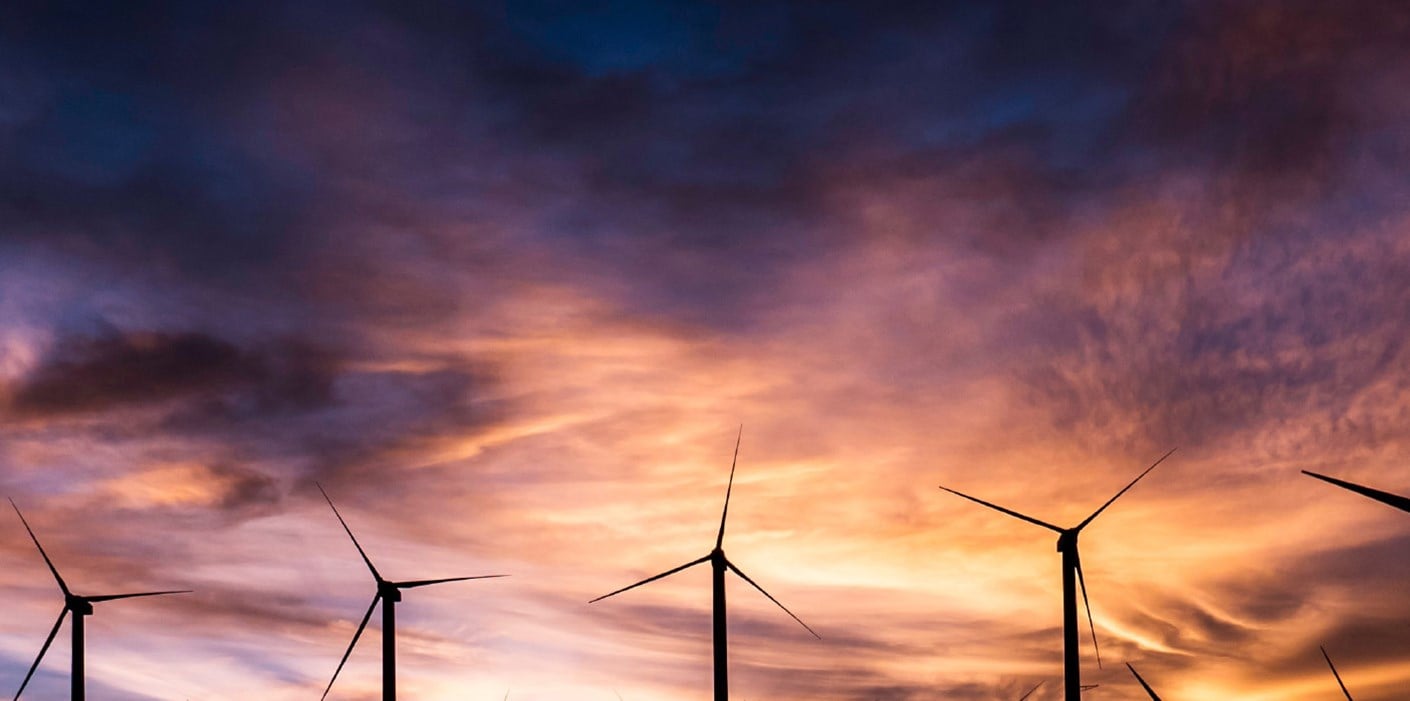India - A Rapidly Growing Economy
India, counted among the emerging economies of the world is scripting its growth story today. Its economy grew at an accelerated rate of 7.6% in 2015/161. The Indian manufacturing sector is being given “necessary impetus” and the National Manufacturing Policy (NMP) envisages enhancing the share of manufacturing sector in GDP to 25% (DIPP, 2015). To realize this vision and to put the economy on a faster growth track, the Indian Government has taken up a series of initiatives with the core objectives of improving the “ease of doing business.” Some of the noted initiatives to promote industrialisation in the country include Make in India, E-Biz Project, Start-Up India Action Plan, Skill development programmes, streamlining the process for obtaining environment & forest clearances and labour sector reforms. However, rapid (and so far, largely inadequately regulated), industrial growth in India over the past two and a half decades has led to an accelerated degradation of the environment, long term adverse environmental impacts, and socio-economic conflicts in various parts of the country.
Foundations of Environmental Regulations in India
India has a parliamentary form of government with separate executive, legislative and judicial branches. The Indian constitution is one of the few in the world that contains provision relating to environment conservation. Article 21 of the Constitution of India guarantees the right to life and personal liberty as a fundamental right. The Supreme Court of India in 1978 breathed substantive life to this Article in the case of Maneka Gandhi vs. Union of India (1978). In the case Subhash Kumar vs. State of Bihar (1991), the Supreme Court of India declared that Article 21 “includes the right of enjoyment of pollution free water and air for full enjoyment of life”. Since then right to live in a healthy environment has emerged as an inherent part of the Right to Life enshrined in Article 21. Introduction of the Public Interest Litigation (PIL), concept in India led to consequent liberalisation of locus standi. The first PIL on environmental issues in the country before the Supreme Court of India was the case, Rural Litigation and Entitlement Kendra vs. State of UP (1988).
India has a number of Acts and Rules along with national and sub-national policies and standards covering various environmental aspects. Environmental Democracy Index (EDI) ranked India at the 20th position out of 70 countries by acknowledging India’s progress in enacting national laws to promote environmental democracy. However, the country does lack on the implementation and enforcement front of these laws and regulations.
How This Article Can Help
Often those responsible for the implementation of these regulations in industries - the Factory Manager, EHS Manager, etc. - are unaware of all the nuances of environmental regulations or are unclear about their interpretation, attracting avoidable liabilities for their facility and organisation. Hence this article is designed as a quick review of some of the most common violations observed in India and reasons for the same.
This article originally appeared in the EHS Journal in May 2016.
1Union Budget of India for the Financial Year 2016/17 http://indiabudget.nic.in/ub2016-17/bh/bh1.pdf
2 Locus standi is a Latin phrase whose literal meaning is “place to stand”. It refers to whether or not someone has the right to be heard in court on a particular matter. Usually, this requires a person who has approached the court to show that s/he has suffered/ anticipates suffering a legal injury.
3The Environmental Democracy Index was developed by The Access Initiative (TAI) and World Resources Institute (WRI) in collaboration with partners around the world. EDI scores are based on strength of laws enacted to protect environmental democracy and do not measure implementation.

